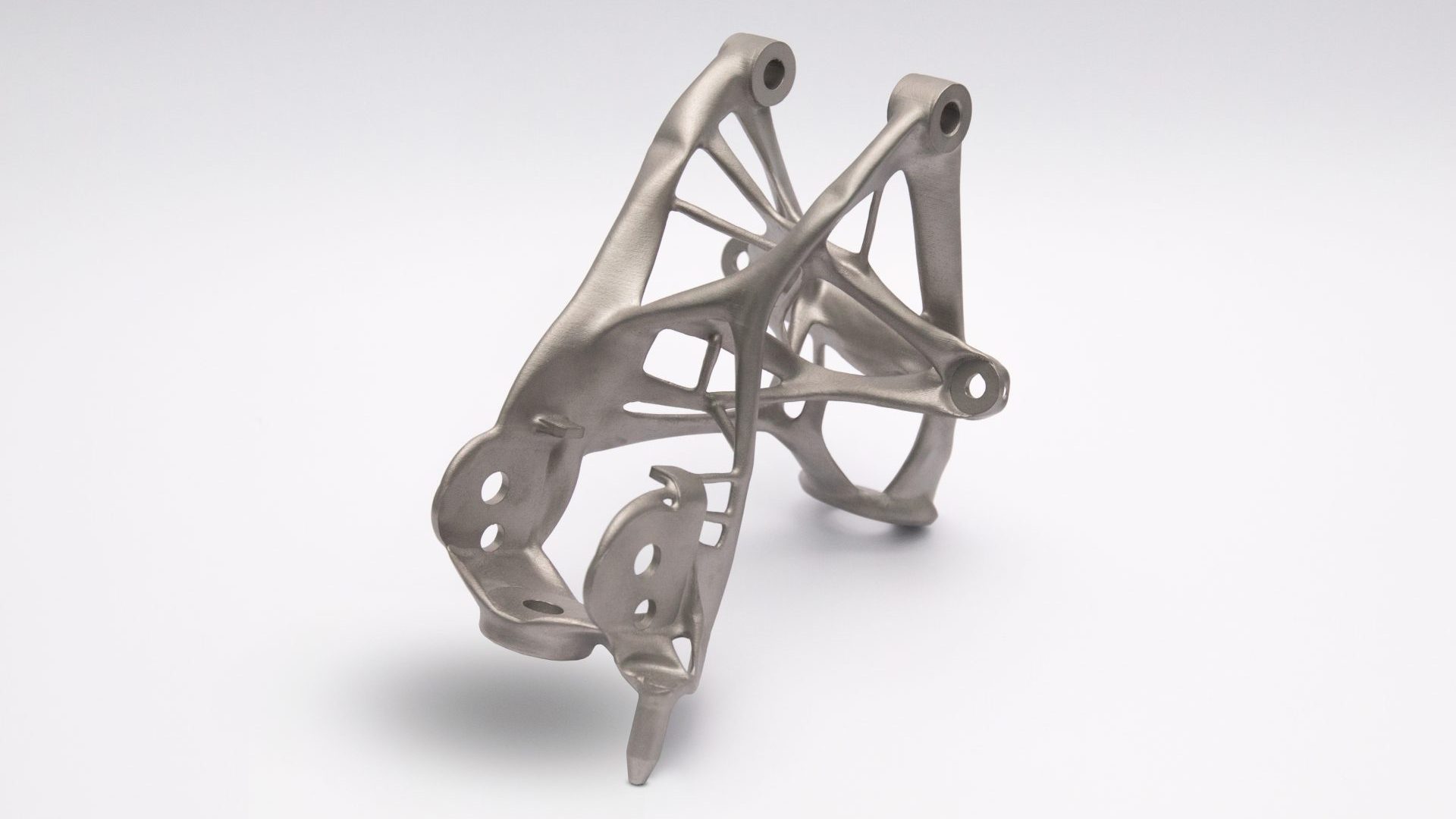

In the endless quest of engineering to make vehicles that make more power, use less fuel, and drive better, optimization of every last component of a car is required. The final frontier of vehicle enhancement is not headline-grabbing powertrain development, be it electric or internal combustion, rather the struggle to carve unnecessary weight from cars. Excess weight spoils everything from performance to efficiency and its elimination is a noble goal.
General Motors knows the value of a less-is-more philosophy to engineering its vehicles, and announced Thursday that it has partnered with computer-aided design software king Autodesk to capitalize on one of the newest software technologies: generative design.
In short, an engineer can feed a basic design framework into the program, along with information on the part’s intended method of manufacture, weight constraints, strength requirements, and material of construction. From there, the order is sent to an artificial intelligence-based cloud computer, which can return hundreds of riffs upon the original design, each with an almost organic appearance. General Motors boasts that parts designed in this fashion can shed 40 percent of the weight of a traditionally designed and manufactured part but gain 20 percent more strength. As an example, it offers up a skeletal seat mounting bracket designed with these techniques.

The engineer may then select the best fits for their project and construct conceptual prototypes with additive manufacturing. The automaker has used additive manufacturing for rapid prototyping for more than 30 years, such as 3-D printing predecessor electron-beam additive manufacturing, which gradually layers metal particles, melting them together with electrons. Advances to 3-D printing technology have enhanced the company’s prototyping facilities, which are said to have constructed more than 250,000 experimental parts in the last decade alone.
We’ve reached out to General Motors about how production costs would be affected by the manufacturing of complex parts such as these and will update if we hear back.
Across the auto industry, bright minds predict the death of overweight cars. Gordon Murray Automotive brags of its iStream production techniques, combining traditional metal manufacturing with low-cost carbon fiber and reduced energy usage. No known takers yet, but we imagine it to be a matter of time before companies desperate to slim down their will seek out one of the solutions outlined above. If it means every car drives like it was designed by Colin “Simplify and add lightness” Chapman of Lotus, then we welcome the featherweight direction in which car design of the future will head.